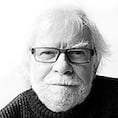According to Patrick Kavanagh every great poet “is a monster who eats up everything” and Shakespeare was an artist who “left nothing for those who came after him”.
Kavangh’s words ring true in the case of Bob Dylan who becomes an octogenarian next Monday. Throughout the long span of his career Dylan has been voraciously soaking up all he could out of the “rapidly aging” eras he has lived through, transforming his view of the world into a voluminous songbook that now and in the future will sound both ancient and modern and hold its place in literary as well as musical history.
He cited Homer in his Nobel Prize speech but perhaps more relevant was his nod to the Tudor poet and playwright when he received the MusiCares award in 2015: “These songs of mine, they’re like mystery stories, the kind that Shakespeare saw when he was growing up. I think you could trace what I do back that far.”
David Bowie heard 'a voice like sand and glue' and the poet Philip Larkin one that was 'cawing and derisive'
Telling stories and creating mysteries sums up what Dylan has been doing since he first set out on Highway 61 to change forever the literature of song. In any number of his epic ballads and talking blues songs he combines the storyteller’s art with the kind of lyric mysteries we might associate with the poets “fighting in the captain’s tower”.
Even before that decisive moment in August 1962 when the 21-year-old Minnesotan Robert Alan Zimmerman became Bob Dylan, he possessed a command of language and insights into grassroots American reality that was to shape the ballads that made Joan Baez and others pay attention.
The Dylan who began as a streetwise follower of his hero Woody Guthrie and innovator of the folk tradition, through his voice-of-experience songs, was – whether he liked it or – perceived as a spokesman for those seeking political and social change in America.
Both the anti-war and civil rights movements heard the messages in much of his early song-writing and recruited it – and him – to their causes. When Martin Luther King made his “I Had a Dream” speech Dylan was close by. His emergence on the folk scene and that watershed moment of the civil rights movement was perhaps a fateful concurrence.
He has been adamant in rejecting any notion that he was the voice or conscience of young America in the Sixties or of having any role in the movements of that era, and Dylan’s denials can be vehement, as the recipient of the one delivered in It Ain’t Me Babe discovered. When the 1970s brought an end to his domestic bliss and Blood on the Tracks acclaimed a masterpiece, he denied that its lacerating songs had any connection to his marriage break-up, insisting they were based solely on the stories of Chekhov.
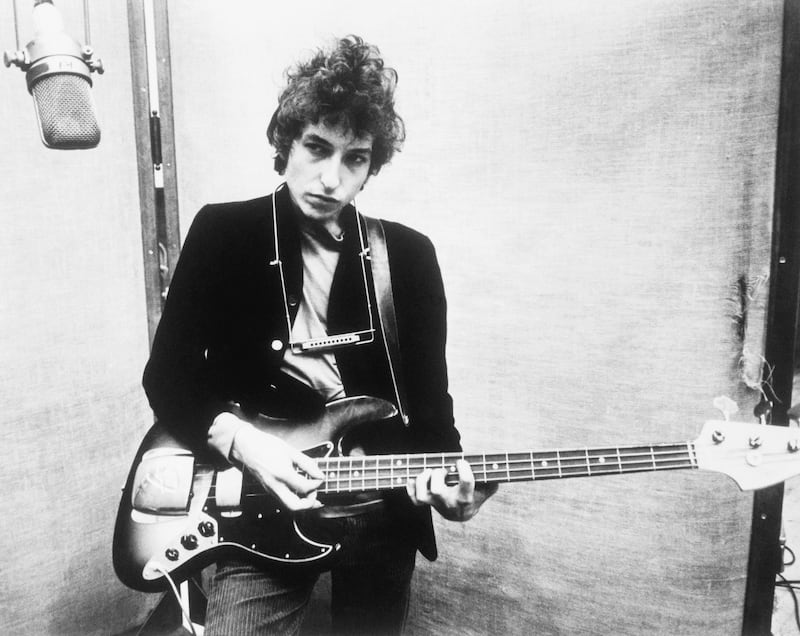
Princeton professor Sean Wilentz who has written on Dylan with scholarly insight, was right to suggest that “his writing never lost its political reference, it has become much more direct over time, his vision is much more poetic, much more personal”.
This classification of Dylan as a political troubadour is borne out as recently as last year’s Murder Most Foul, his rumination on the Kennedy assassination and what he sees as its ripple effect on America up to the present day. This epic narrative may be driven by Dylan’s apocalyptic account of the JFK killing but the state of the nation almost 60 years later in the Trump era is its bubbling subtext. America, its history and sprawling geography, has been central to Dylan as poet and songmaker.
In a sense he came full circle with Murder Most Foul. He had already addressed America’s president of hope and promise in I Shall be Free in 1963 on The Freewheelin’ Bob Dylan and in an interview, looking back on events in Dallas in November of that year, called it the moment when things went “haywire”. His timing with Murder Most Foul - in the middle of a global pandemic, a chaotic and dangerous presidency and racial turbulence in his homeland - was yet another example of his uncanny alertness to the signals that things are going “haywire”.
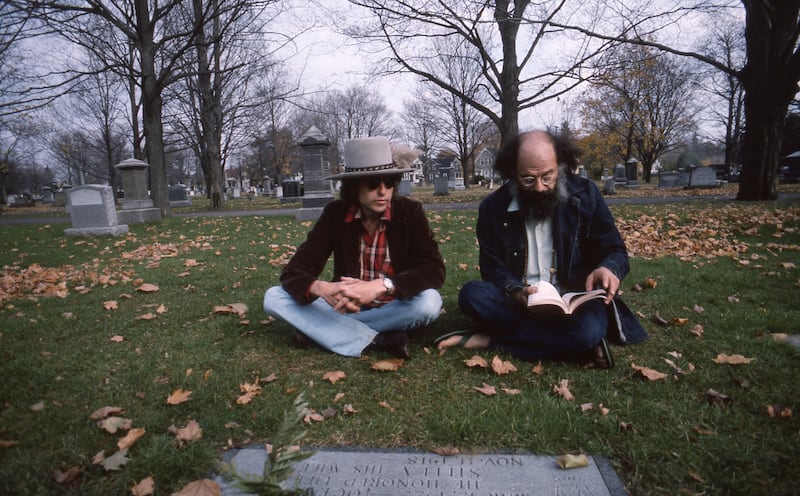
That alertness to a “world gone wrong” (a title he gave to one of his later albums) has produced a succession of songs through the decades: Senor ( Tales of Yankee Power), Slow Train Coming, Union Sundown, Political World, High Water (for Charley Patton) and, on an entirely personal level, almost all of Blood on the Tracks.
While Blowing in the Wind might be his best known anthem of the 1960s and the one that made him the reluctant voice of a generation, other songs such as The Lonesome Death of Hattie Carroll (his best civil rights song according to Christopher Rick) by drawing on a specific instance of race crime is much more tangible in dealing with its subject. What followed that period as frontline protest singer and self-appointed heir to Guthrie was the extraordinary amplification of his voice, the seismic change to the sonic rage of his “thin wild mercury sound” that unites his brilliant 1960s triptych: Bringing it All Back Home, Highway 61 Revisited and Blonde on Blonde.
Those albums were also the first inkling of his literary ambitions – he was after all hanging out in the company of the Beat poets. The imitator who became the originator was also well on the way to becoming the mythical “shape-changer” that Liam Clancy had taken note of in the Greenwich Village folk clubs.
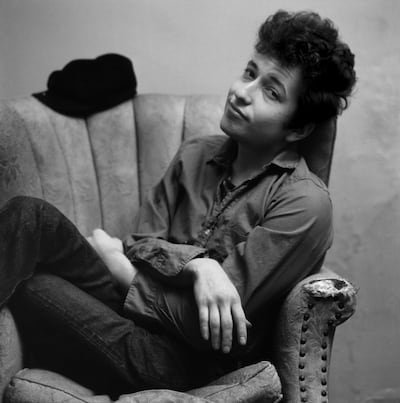
Clancy also spotted Dylan’s devouring mind, comparing him to “blotting paper” because “he soaked up everything around him”. Material from biblical, literary and musical sources has been absorbed into the Dylan canon. But love and theft have always gone hand-in-hand in the folk tradition, old songs and tunes reappearing in updated guises. Dylan’s defenders make the case that he refashions whatever he appropriates into something distinctly his own, reminding us that Shakespeare too relied on older sources for the plots of many of his plays.
Dylan has been the curator of his own multitude: from the circus master of his Rolling Thunder Review to the Old Testament preacher on the evangelistic Christian albums that confounded his followers. That conversion soon enough withered on the vine and 20 years later he was to say; “I don’t adhere to rabbis, evangelists, all of that.”
But Dylan has always been the capricious chameleon who night after night on his Never-ending Tour tested the resilience of fans by testing the malleability of his own songs with new, often radical revisions. As the character played by John Goodman in the Dylan movie Masked and Anonymous says: “All of his songs are recognisable even when they are not recognisable.”
Revisions of melody are one thing, reinventions of self another. Every performance and every album has been a remaking of himself, or what the poet Paul Muldoon called a “denial of himself, that few artists – perhaps Picasso – have achieved”. Each new Dylan mutation has also brought changes to his vocal performances.
David Bowie heard “a voice like sand and glue” and the poet Philip Larkin one that was “cawing and derisive”. That early voice of the young folkie gave off hints of wear and tear long before it was torn and worn. Then the snarl of the electric rocker gave way to the beauty of the laid-back singer on the Nashville Skyline recordings. More recently the time spent on his interpretations of the Great American Songbook led to the mellow croon on much of last year’s Rough and Rowdy Ways, an unexpected development after the croak and crackle of Tempest.
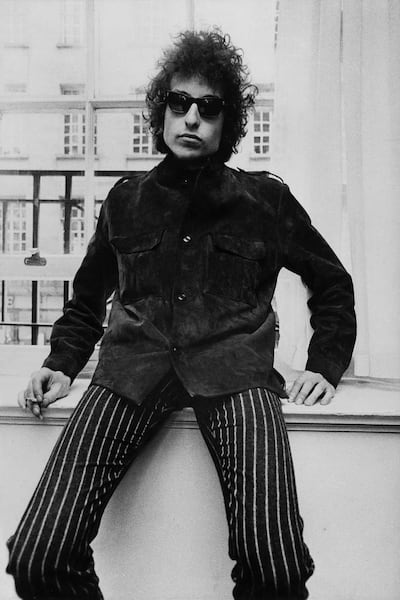
With the release of Time Out of Mind in 1999, Dylan began the final phase of his eminence as a phenomenon of 20th and 21st century culture. Few artists have been subject to so many re-evaluations in their own lifetime and now as an 80-year-old senior citizen he has joined the likes of Yeats, Picasso and Beethoven in crowning many phases of evolution in a career during which, as Greil Marcus put it, he has given us “the most intense outbreaks of twentieth-century modernism”.
His revealing self-portrait, I Contain Multitudes alludes to his being “a man of contradictions, a man of many moods”. Those qualities are all part of the Dylanesque mystique, making him the kind of protean artist who almost eludes definition. “I think one thing today and I think another thing tomorrow. I change during the course of a day,” he told Newsweek in 1997.
No more than his show of indifference at winning the Nobel Prize fooled anyone, neither did that throwaway remark of his youth that he was only “a song and dance” man. Poet, minstrel, storyteller, Guthriesque troubadour, country singer, memoirist, painter, chronicler, Oscar winner, radio DJ, bluesman, subject of a movie in which it takes six actors to play him, crooner, Pulitzer prize winner and Nobel laureate who, above all his accomplishments, is a master of metaphor and wordplay.
At the age of 18, in his school yearbook, he wrote that his ambition was “to join Little Richard”. That now seems a modest adolescent desire compared to his achievement in following the poets Kavanagh may have had in mind as devourers of the world in order to fulfil his mission to “write songs unlike anything anybody ever heard . . .”
Gerard Smyth’s tenth collection of poetry, The Sundays of Eternity, was published by Dedalus Press in 2020. He is Irish Times Poetry Editor and among the poets included in the anthology Visiting Bob: Poems Inspired by the Life and Work of Bob Dylan (New Rivers Press, Minnesota )

